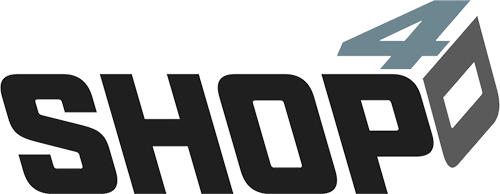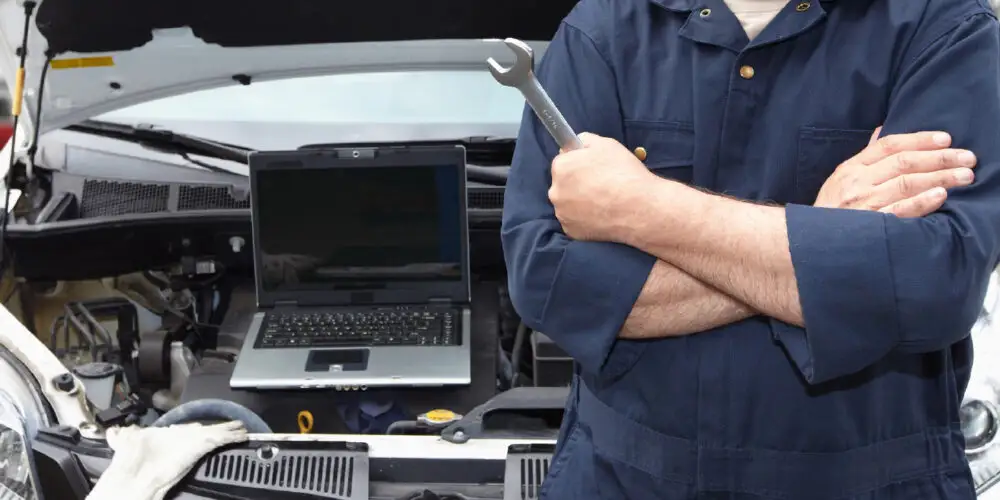By David Rogers
Make no mistake: you are in control. You can actively choose to make changes that grow your organization, reduce your stress, and increase opportunities for you and your employees. Or, you can choose inaction and carry over the same policies, procedures, and subscriptions that led to last year’s results.
Although, there can be a chasm between being ready to take action in your business and knowing what actions to take. Being ready to take your organization to the next level doesn’t immediately translate to clear checklists and excellent results.
To help you, the shop owner who is ready to make 2023 their best year ever, I’ve put together an exercise to get your year started off right. This exercise is for all owners, whether you own one location or 15. You’ll need at least one day where you’re not working in the business, as a tech or advisor, for instance. You’ll also need a way to take notes.
Let’s get started.
FOLLOW VEHICLES FROM START TO FINISH
Your goal here is to follow as many vehicles through every phase of your work pipeline. Observe your advisors as they check the vehicle in, as they take notes, and pre-sell diagnostics.
Watch your advisors dispatch that vehicle to the technician, and as that tech reads customer concerns, vehicle history, recalls and TSBs, and then begins the inspection. Observe your tech as they write up their inspection findings and look up their labor times for the estimate.
Follow that vehicle back up to the front of the shop as the advisor sources parts, advises the customer, and gets authorization. And, then, follow it to the back of the shop again as parts are delivered and the repairs are completed.

The natural thing to do will be to jump from vehicle to vehicle as you run into downtime. As much as possible, don’t give in to that temptation.
Your goal in this process should be to critically examine every phase of your production pipeline. Is that step as efficient as possible? Where is the shop losing time? Should the shop really be doing it this way?
If you find yourself wanting to jump to observe other vehicles, that’s a red flag. It means that the shop is losing productivity and efficiency, and jumping to another vehicle hides that problem instead of highlighting it for you.
Because here’s the secret: most owners who do this exercise aren’t going to find some massive black hole that is sucking their profits and efficiency. They’re going to find mundane, boring processes that take slightly longer than you would hope. They’re going to find employees who are annoyed with slow systems, but they just “deal” with those problems because it’s always been that way. They’re going to find little leaks and small bottlenecks in the production pipeline that all seem too small to care about.

But that’s horribly, massively incorrect.
In repeated studies, we’ve found that shops are losing an average of two hours per tech each day to slow processes, inefficient software, and other restrictions to the production pipeline. Here at the beginning of the year, that means your organization stands to miss out on 520 billable hours per technician over the next 12 months.
And, nearly all of those lost hours were wasted on something too small to care about fixing. You’ve seen the proof.
How much would things change for you if your organization billed 520 more hours this year per technician? How much would your techs’ lives change if they billed 520 more hours in 2023?
TAKE Real ACTION ON WHAT YOU Observed
Now that you’ve seen the ugly truth, that your shop is casually throwing away hundreds of billed hours each year on infuriatingly mundane leaks and bottlenecks in your production pipeline, there is only one path forward: TAKE ACTION. You need to overhaul the processes and procedures that are costing you, conservatively, hundreds of thousands of dollars each year.
A bad system will beat a good person every single time. You’ve seen the proof.
This means taking one of two paths.
Your first option is to treat your shop’s operations like electrical diagnostics. You will need to pull each phase of the production pipeline apart, test and repair it, and then move to the next section.
When your advisors are checking in the vehicle, what could be better about that? How could your shop help customers better, or pre-sell diagnostics better? Do your processes and systems make it easy to look at history, recommend preventive maintenance, and quickly add those to the repair order?

Your job in this will be to rewrite the processes from the ground up, from customer check-in to check-out, and every stopover between. You’ll need to train your team on your new, more efficient procedures. You’ll need to measure their performance and retrain them, as necessary.
This will take work, yes. But every second you spend doing this will pay enormous dividends. Your shop will not only capture more billed hours, but you’ll reduce chaos, improve morale, and your own personal time and wealth will increase. The more locations you own, the greater your payoff for your investment of time and effort.
There’s a second option, though.
It’s possible to get these improvements without breaking down and rebuilding the entire process yourself. Your shop management system can potentially do all of these things for you as well, though that carries an enormous buyer-beware warning: shop management systems are not all alike. It doesn’t matter how popular it is or how pretty it looks: if it wasn’t built to make your shop more efficient, then it won’t.
No matter what path you choose – whether to fix your shop’s inefficiencies yourself or find a management system that was built to do it for you – the goal is a noble one. You’re choosing to take action and make 2023 your best year ever, and in that goal, I wish you nothing but the best of luck.
Here’s to your shop’s success and your best year yet!
Read the article here on Shop Owner Magazine.

